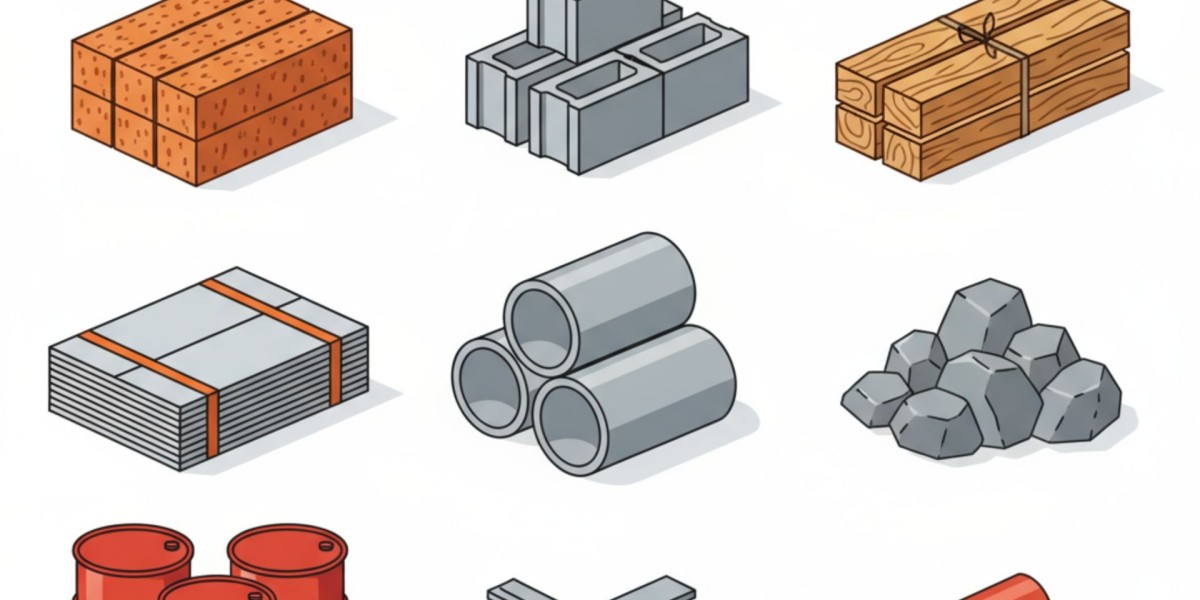Introduction
A CE certificate is a mandatory conformity mark required for many products sold within the European Economic Area (EEA). It signifies that a product meets the essential health, safety, and environmental protection standards set by the European Union. Manufacturers, importers, and distributors must understand the CE certification process to ensure compliance and gain access to the European market. The CE mark is not merely a label; it reflects a commitment to product safety, quality, and regulatory adherence.
Understanding the CE Certificate and Its Purpose
The CE certificate serves as a declaration that a product complies with all relevant EU directives and regulations. It applies to a wide range of products, including electronics, machinery, medical devices, toys, and construction materials. The purpose of the CE certificate is to create a harmonized regulatory environment across Europe, ensuring that products are safe for consumers and free from environmental risks. By obtaining CE certification, manufacturers demonstrate accountability and build trust among European customers and authorities.
Key Requirements for Obtaining CE Certification
To secure a CE certificate, manufacturers must follow several essential steps. These include identifying the applicable EU directives, understanding the specific requirements, and performing a detailed conformity assessment. Some products may require testing through a notified body, while others only need internal evaluation and documentation. Technical documentation such as risk assessments, test results, and user manuals must be prepared and retained. Additionally, manufacturers must draft and sign an EU Declaration of Conformity before affixing the CE mark to the product.
Benefits of the CE Certificate for Businesses
Obtaining a CE certificate provides numerous advantages for businesses. It grants unrestricted access to all EU member states, opening doors to one of the world’s largest markets. CE-certified products are often seen as reliable and safe, boosting customer confidence and competitive advantage. The certification process also encourages manufacturers to improve product quality, reduce defects, and implement strong risk management practices. Furthermore, compliance reduces the likelihood of legal issues, product recalls, and costly penalties, ensuring smoother market operations.
Implementation and Ongoing Compliance Responsibilities
CE certification is not a one-time task but an ongoing responsibility for businesses. Manufacturers must ensure continuous compliance with evolving EU directives and maintain updated technical documentation. Regular product evaluations, quality control measures, and monitoring of regulatory changes are essential for sustaining CE compliance. Distributors and importers must also verify that products bear the sertifikat ce and meet the required standards, ensuring accountability across the supply chain.
Conclusion
The CE certificate is a vital requirement for organizations aiming to sell their products in the European market. By meeting EU safety and quality standards, businesses not only gain regulatory approval but also enhance product credibility and customer trust. Investing in CE certification supports long-term success, promotes consumer safety, and ensures compliance in an increasingly regulated global marketplace.








